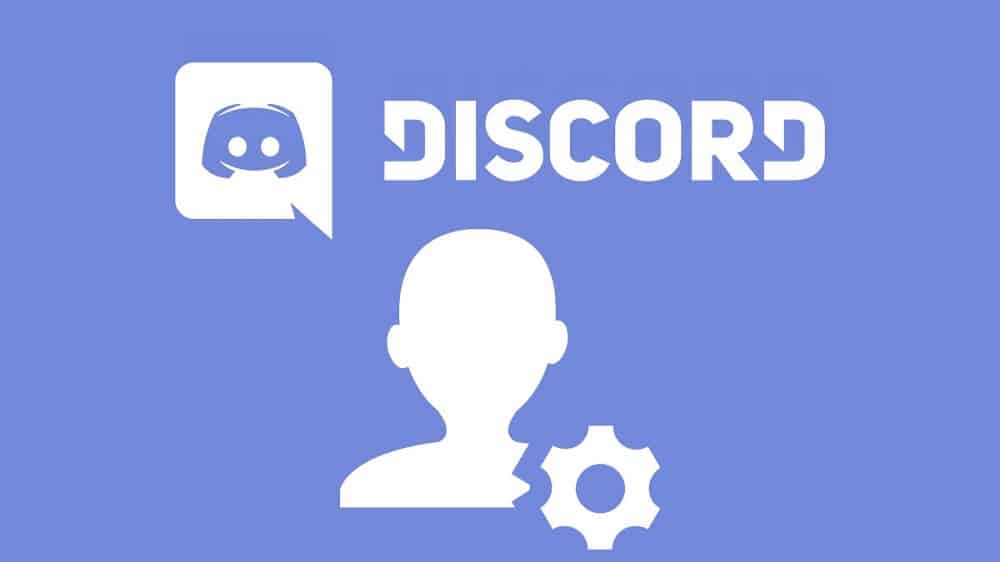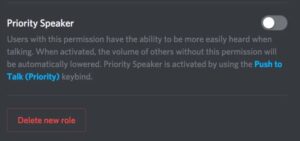
Well, Discord is the most popular voice and text chat platform among online gamers these days. It’s simple to use, highly customizable and includes a number of useful chat features. These features include the ability to assign and manage roles for chat server users. Here’s how to add, manage, and delete roles in Discord.
What Are Discord Roles?
Well, A role is a predefined set of permissions with a name in Discord. There is, for example, a default role called “@everyone” that grants a wide range of basic permissions, for example, talking on the server and reading messages.
A server administrator could add the ability to mute or ban other users by creating a role called “Moderator.” Here, Users can be assigned multiple roles; for example, someone with both the @everyone and Moderator roles would have all of the powers of @everyone as well as the powers of a Moderator.
Discord Permissions
On Discord, there are 29 permissions divided into General, Text, and Voice permissions. To properly assign roles, you must first understand what each one does. For your convenience, a list of each permission is provided below.
Text Permissions
Attach Files: This permission enables the user to attach files to chat conversations.
Read Message History: Read Message History permission allows the user to scroll back in time and view previous messages.
Mention Everyone: This permission allows the user to send push notifications to the channel’s members.
Use External Emojis: This permission allows users to access emoji from other servers.
Add Reactions: Add Reactions permission grants the user the ability to add new reactions to a message.
Send Messages: The permission allows the user to send text chat messages.
Send TTS Messages: Send TTS Messages permission grants the user the ability to send text-to-speech messages.
Manage Messages: With this permission, the user can delete or pin messages from other users.
Embed Links: This permission enables the user to insert hyperlinks into the chat.
General Permissions
Manage Roles: This permission enables the user to create new roles and edit existing roles that don’t have the manage roles permission enabled.
Manage Channels: Manage Channels permission grants the user the ability to create, edit, and delete channels on the server.
Kick Members: Kick Members permission grants the user the ability to kick members from the server.
Ban Members: Ban Members permission grants the user the ability to ban members from the server.
Create Instant Invite: With this permission, the user is able to invite other users to the server.
Change Nickname: Change Nickname permission grants the user the ability to change their own nickname.
Manage Nicknames: This permission allows the user to change other users’ nicknames.
Manage Emojis: Manage Emojis permission allows the user to manage emojis on the server.
Manage Webhooks: Manage Webhooks permission grants the user the ability to create, edit, and delete webhooks.
Read Text & See Voice Channels: Read Text & See Voice Channels permission allows the user to read the message channels.
Administrator: The Administrator’s permission grants access to all of the server’s permissions. However, granting this permission can be risky because it gives the user a lot of power.
View Audit Log: View Audit Log permission allows the user to read the audit logs on the server.
Manage Server: Manage Server permission allows the user to change the name of the server or relocate it to a different region.
Voice Permissions
Deafen Members: With this permission, the user can disable another user’s ability to hear on the channel.
Move Members: Move Members permission grants the user the ability to move other members from one channel to another.
Use Voice Activity: This permission enables the user to speak without the use of Push-to-Talk.
Priority Speaker: Priority Speaker permission allows the user to reduce the volume of other users when they are speaking, making their words louder on the channel.
Connect: This permission enables the user to connect to (i.e., hear) the voice channel.
Speak: This permission enables the user to communicate via the voice channel.
Mute Members: With this permission, the user can disable another user’s ability to speak.
How To Create Roles In Discord
The key to effectively managing users on a Discord server is to properly configure your roles. Well, It’s a great idea to have the basic roles set up before inviting people to the server. Next, once you’re up and running, you can always go back and add new roles or reconfigure existing roles.
Step #1: First, Log in to Discord and access your server.
Step #2: Next, Select the small dropdown arrow to the right of the server name and click “Server Settings.”
Step #3: Then, click “Roles” in the left pane. Here, You should see a single role called @everyone.
Step #4: Next, click the “+” icon at the top of the center pane to add a role.
Step #5: Here, Name the role something descriptive and assign it a color (colors clarify and inform users of each others’ roles).
Step #6: Last, Review all 32 permissions, toggling on only the ones you want to be associated with that role.
At the bottom, click “Save Changes.” If you fail to save your changes, a dialogue box will appear to remind you that you must do so before proceeding.
Repeat for each new role you’d like to create.
By assigning different permission levels to different roles, you can create a trust hierarchy. For example, you can assign lower-level roles to newcomers and higher-level roles with more permissions to people you know well.
How To Assign Roles In Discord
You must assign roles to users in your chat after creating them for your server.
Step #1: First, Select the user you want to assign a role to from the right-hand pane.
Step #2: Next, select the small “+” under the username and select the role from the menu.
Repetition is required for each user on your server.
You can also quickly add roles by right-clicking the user, selecting Roles, and then selecting the role(s) you want to add from the pop-up menu.
Remember that you can add as many roles to each user as you want.
Assign Roles On Discord Mobile
Well, To create a new role and assign it while on the go, open the Discord app on your mobile device. The instructions are simple to assign and are similar to those of the desktop application.
Step #1: First, From “Settings,” scroll down to “Members.”
Step #2: Next, Click on the usernames you’d like to assign an existing role to.
Step #3: Last, Tap on the checkbox next to each member’s name for the role you’re assigning.
Editing Roles In Discord Mobile
Go to the server’s settings and, as before, tap on ‘Roles,’ then proceed as follows:
Step #1: First, Tap on the role you’d like to edit.
Step #2: Next, Scroll through the list, making any changes you feel necessary.
Following the steps outlined above will keep your Discord server organized and productive even when you’re on the go.
How To Manage Roles In Discord
In Discord, managing roles is similar to creating them. You can add more roles as needed and change the permissions within each. Here, Depending on how you want to run your server, you might be able to get away with just two roles: admin and @everyone.
You can add others as your community grows. However, because roles must be assigned to each user individually, the most efficient use of your time is to place as many of your server’s policy decisions as possible in the @everyone role so that users will have the permissions that you want them to have by default.
Here, You may have noticed the left column on the Roles page, which shows the names of all roles you’ve created. On the server, usernames will display the color of the highest role assigned to a user. Thus, users can easily identify who the server’s moderators, administrators, and other administrators are.
How To Delete Roles In Discord
It is uncommon to need to delete a role in Discord because you could simply not assign it. However, if your account is becoming clogged with unused roles, here’s how to delete them.
Step #1: First, Select the small dropdown arrow next to your server and select “Server Settings.”
Step #2: Next, select “Roles” in the left pane and select the role you want to delete.
Step #3: Then, Scroll down and click the “Delete [role name]” button.
Click “Okay” to confirm.
Wrapping Up:
Role management is an essential part of keeping a Discord server organized, especially as it grows in popularity. Keep in mind that each server has a limit of 250 different roles. In practice, this should not be a problem, but don’t go overboard by defining every possible combination of permissions that you might want to use – you’ll quickly run out of roles if you do.





















